PRINCIPLE OF OPERATIONS OF AN AMATEUR GAMMA SPECTROSCOPY SYSTEM
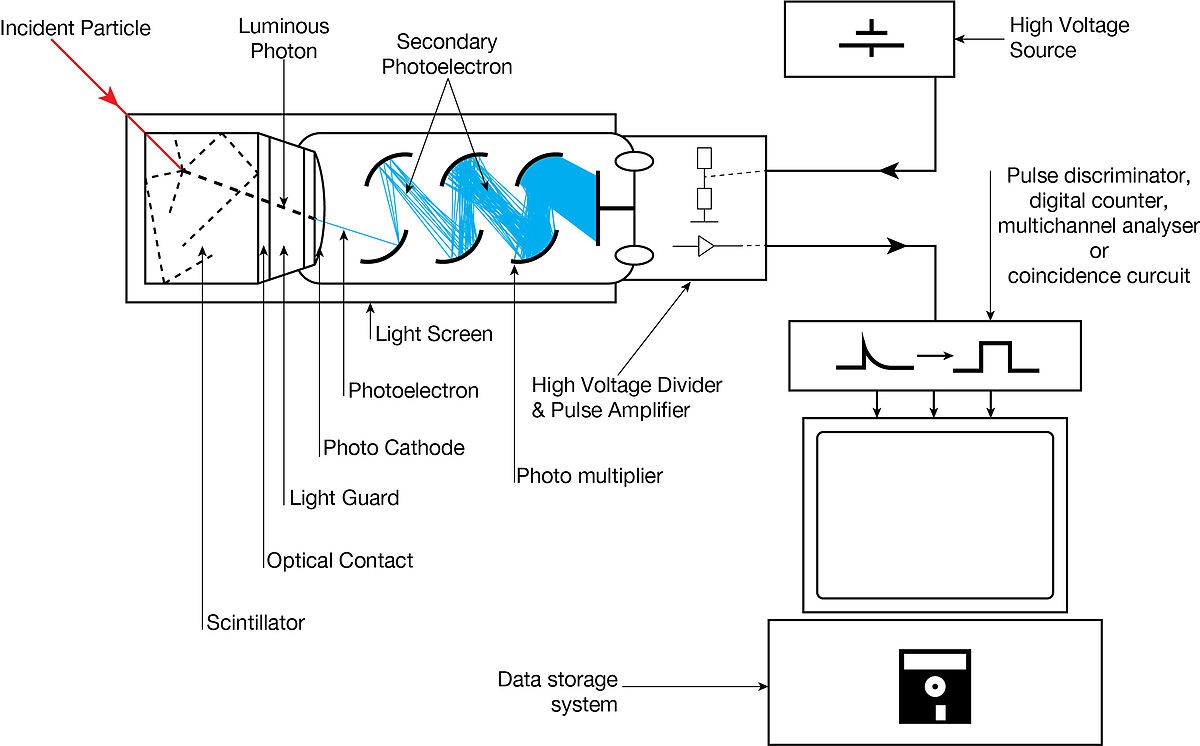
Image by Manticorp - Own work, CC BY-SA 3.0, https://commons.wikimedia.org/w/index.php?curid=17598426
SCINTILLATION PROBE
A scintillator is a material that exhibits scintillation when excited by ionising radiation; the intensity of the scintillation is proportional to the incident gamma photon that has generated it.In fact the light emitted by the crystal is so weak that requires to be amplified by a photomultiplier tube; the PMT ensures gain factors in the order of 10^5 times depending upon the supply voltage (up to 2.7x10^5 for R6233 @ 1000Vdc)
SCINTILLATION PROBE DRIVER AND ACQUISITION
The scintillation probe requires to be supplied by a device that provides very precise high voltage, low ripple and low drift output. Once decoupled by the high voltage, the output signal is fed to a low noise high fidelity sound blaster capable to acquire and sample the probe output signal.
MCA (Multi-Channel Analyser)
A typical MCA has a configurable number of channels that can be selected based on the number of amplitudes that have to be analysed; this mode is so called "pulse-height analysis" (PHA).
The resulting graph plot will be an histogram of frequency (input pulses in CPS or CPM) Vs. pulse amplitude; the graph represents the energy distribution of the radioactive sample that is being analysed.
MY GAMMA SPECTROSCOPY SET-UP
- NaI(Tl) gamma scintillation probe
- Gamma Spectacular GS-1100-PRO (http://www.gammaspectacular.com/gamma-spectroscopy/sound-card-spectrometry-drivers/gs-1100-pro)
- High fidelity sound blaster Creative Labs mod. SB1240
- Low noise 2Amps. power supply with custom build LCL filter.
- MCA analyzer Becqmoni (http://translate.google.com/translate?hl=en&sl=ja&tl=en&u=http://blog.livedoor.jp/kabuworkman-becqmoni/)
 antiElectron
antiElectron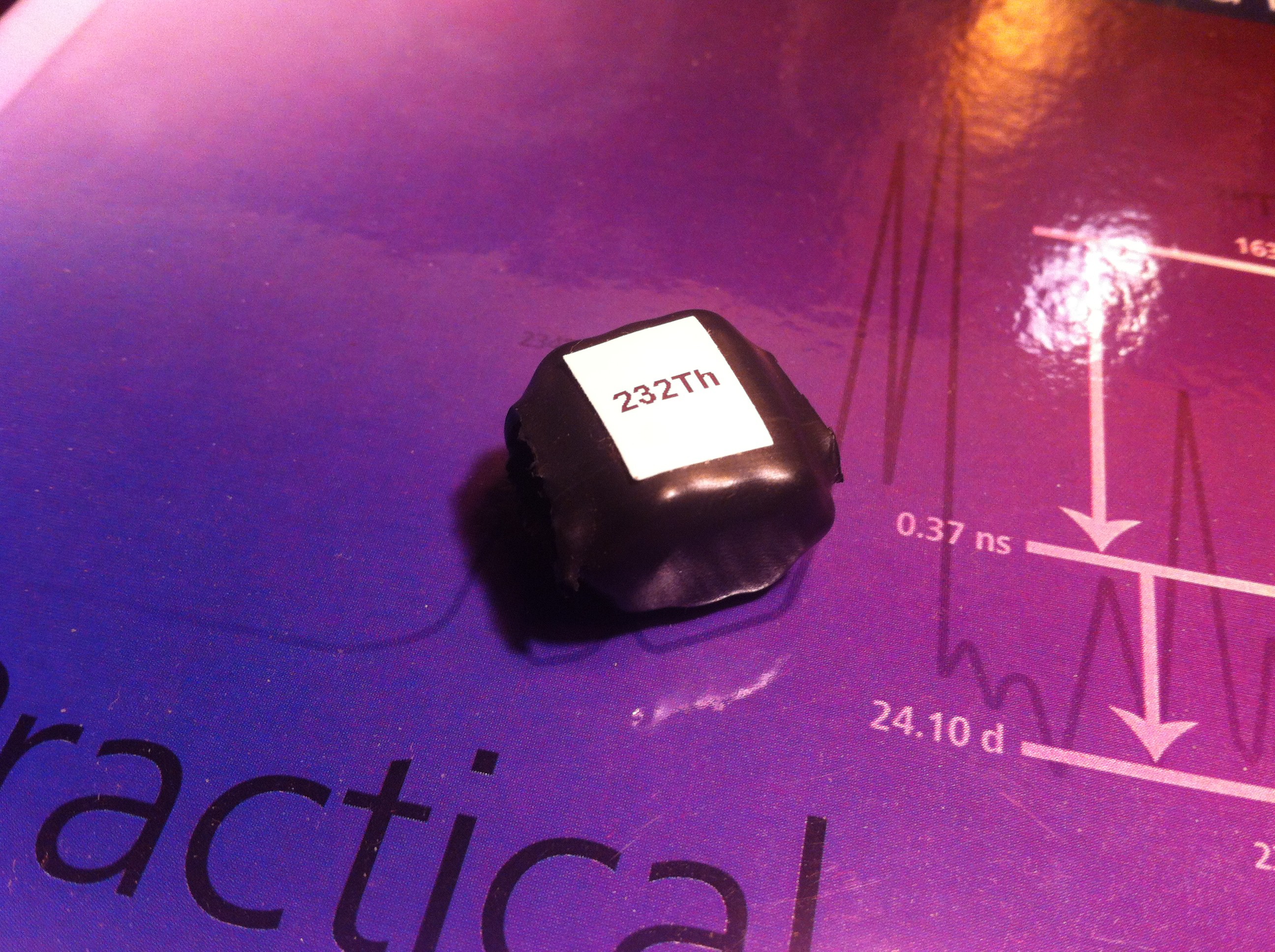
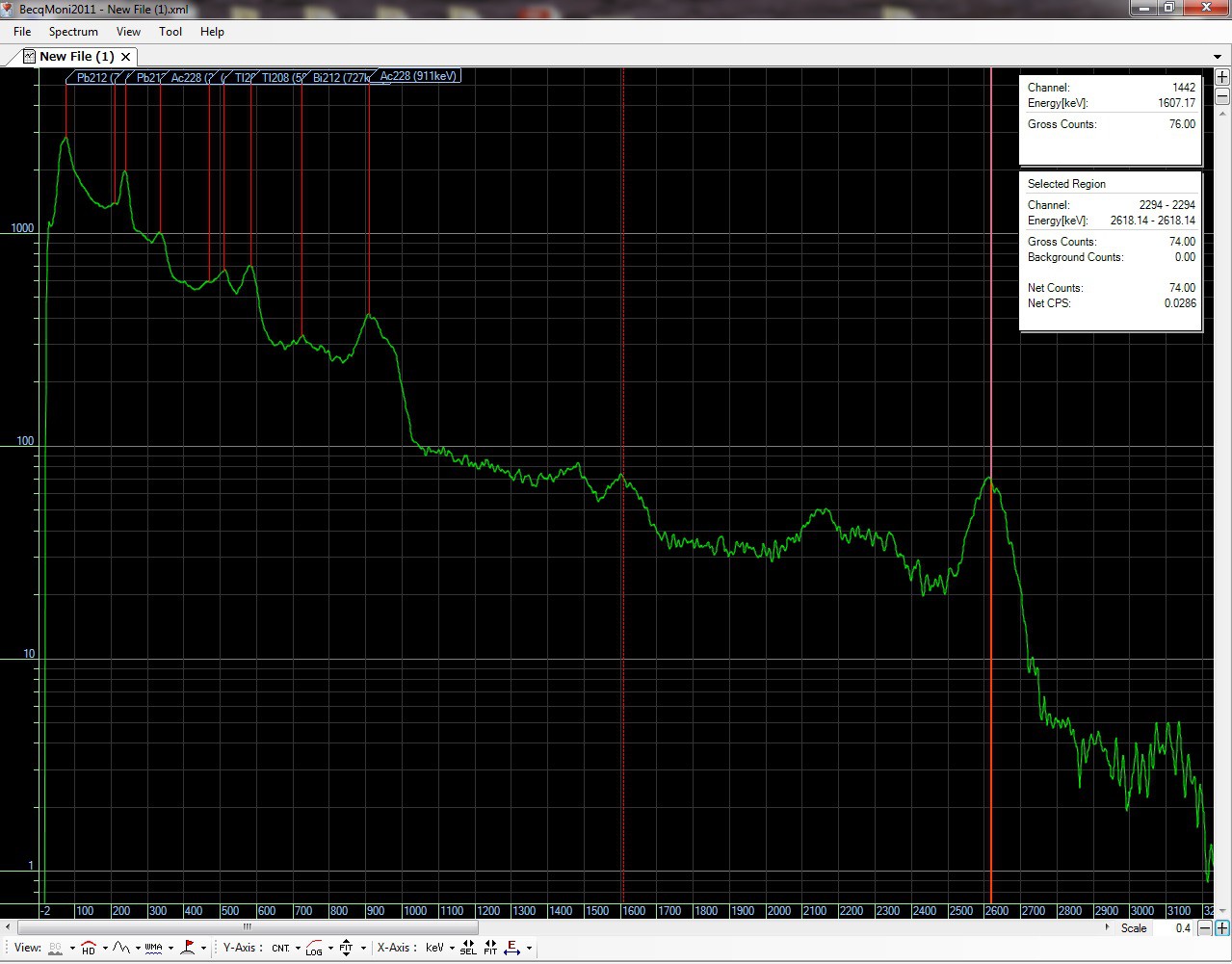
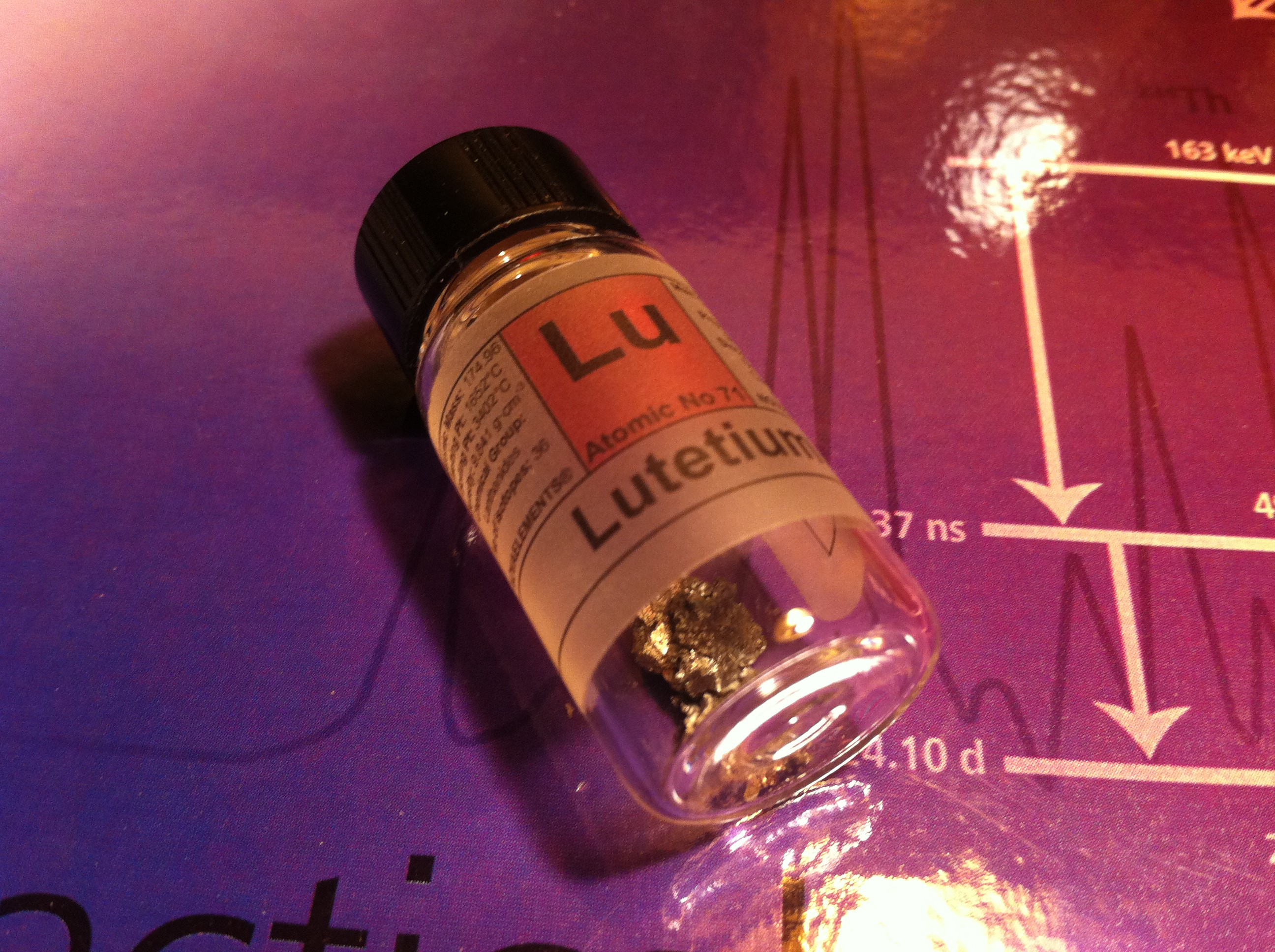
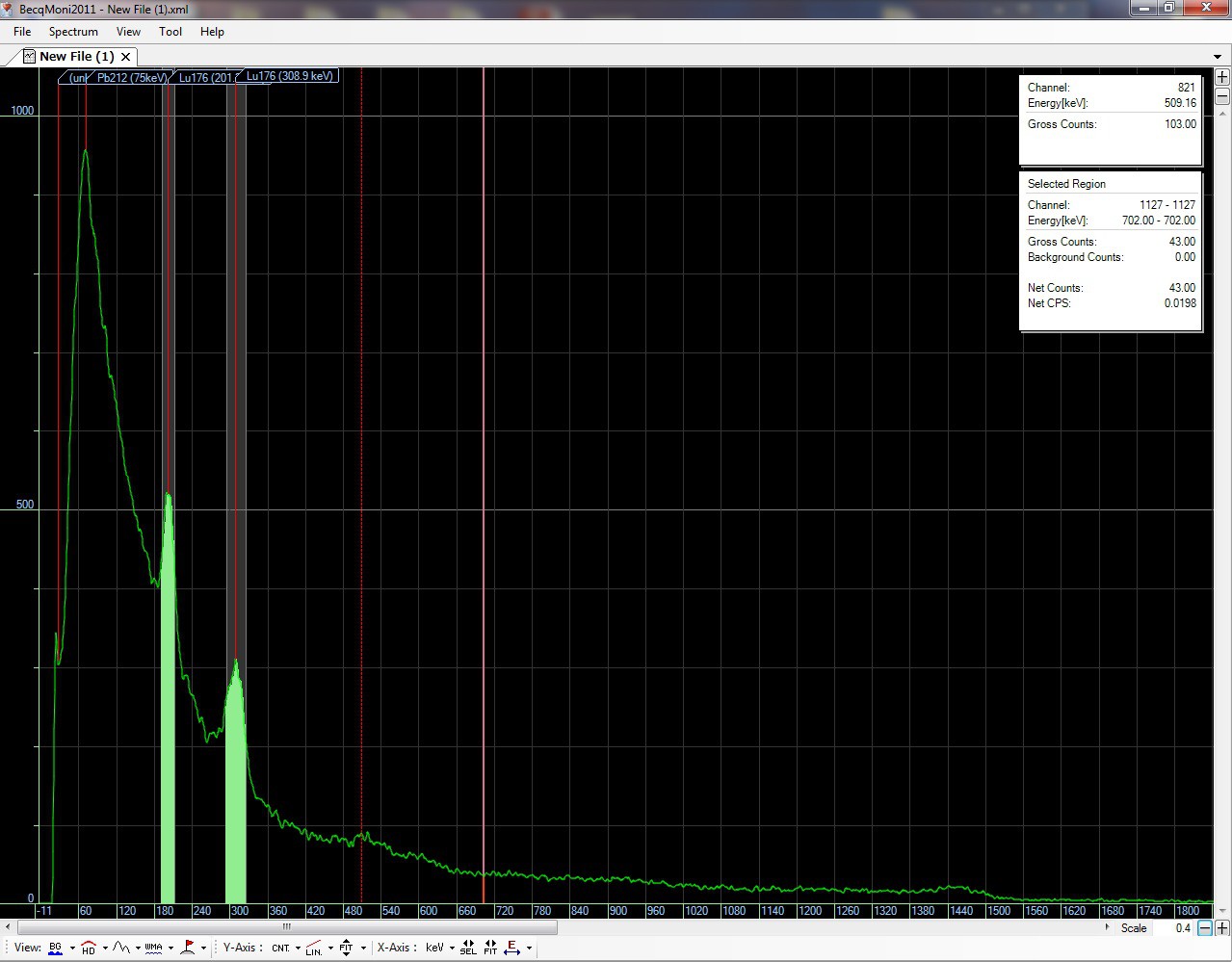
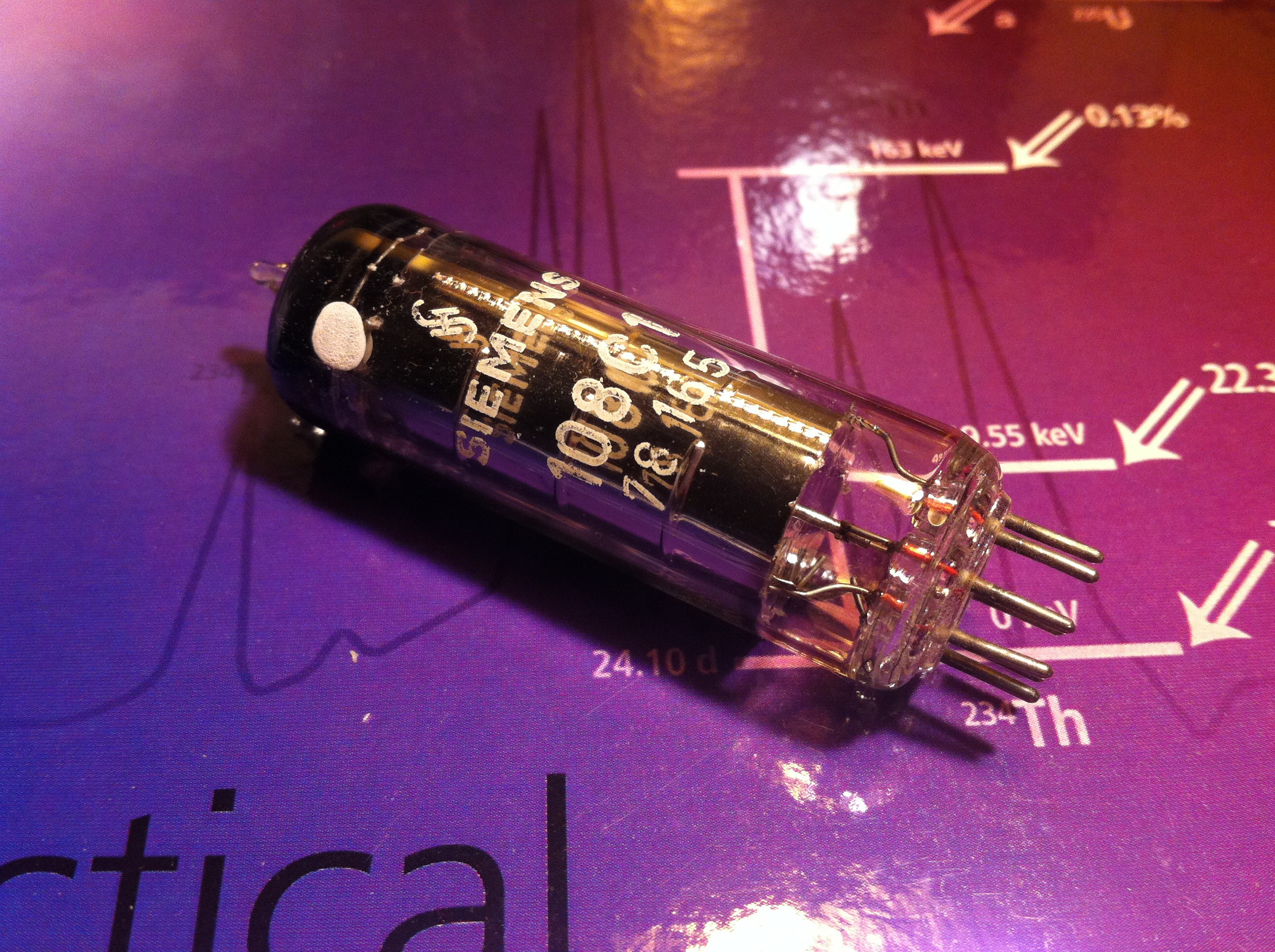


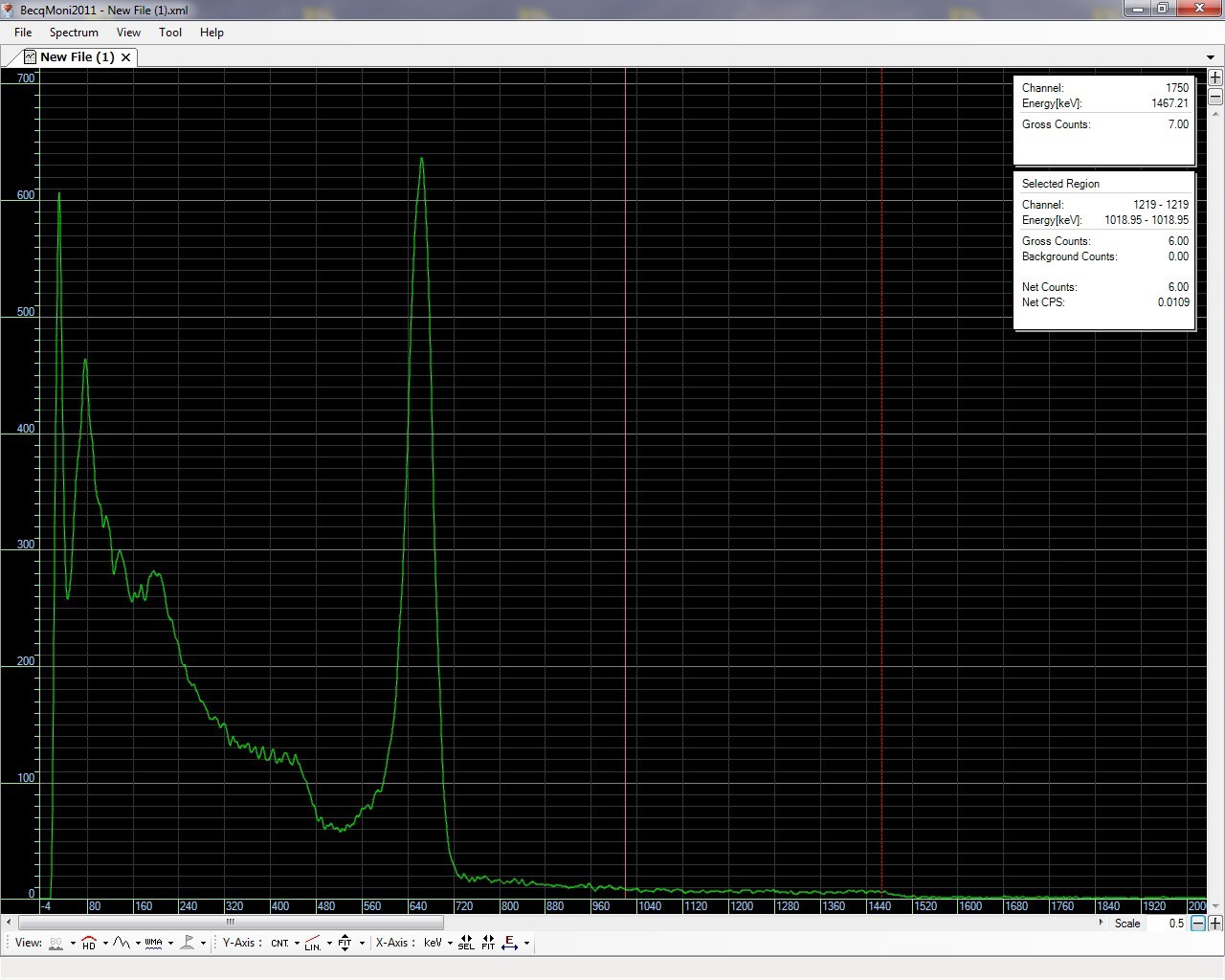
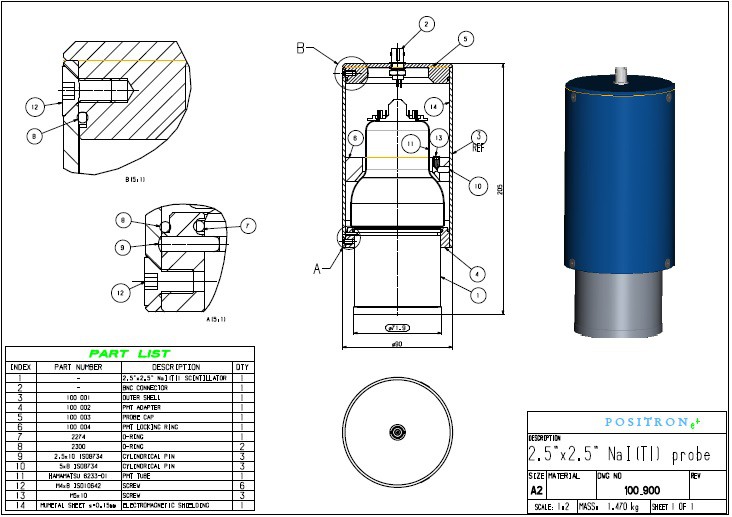


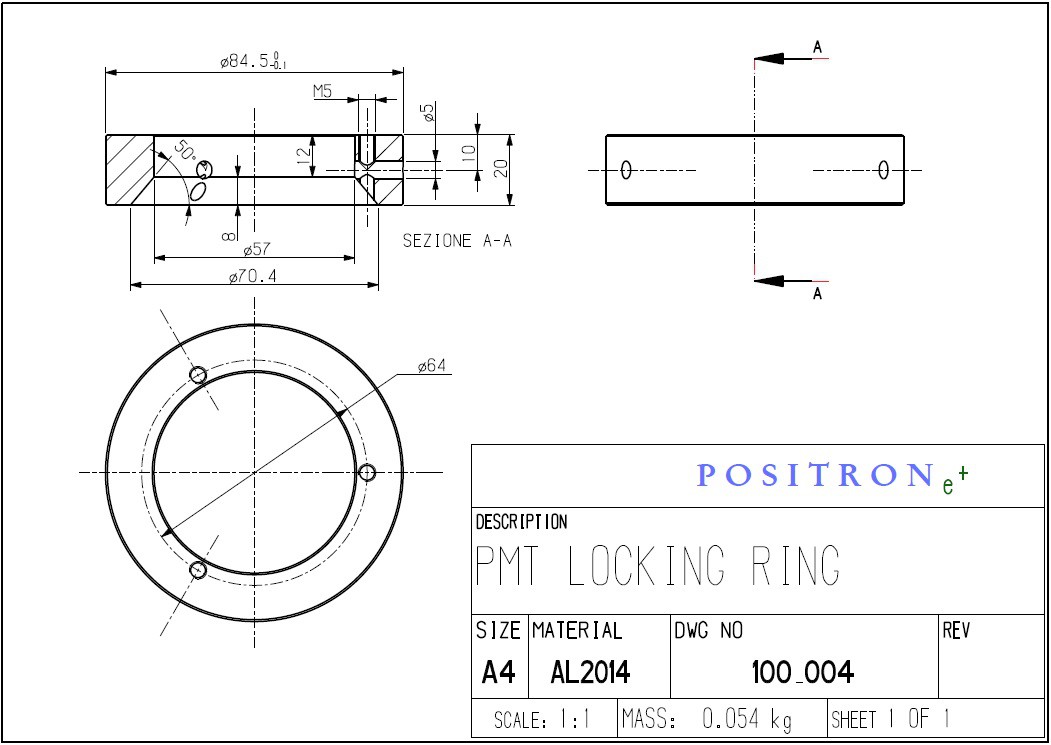
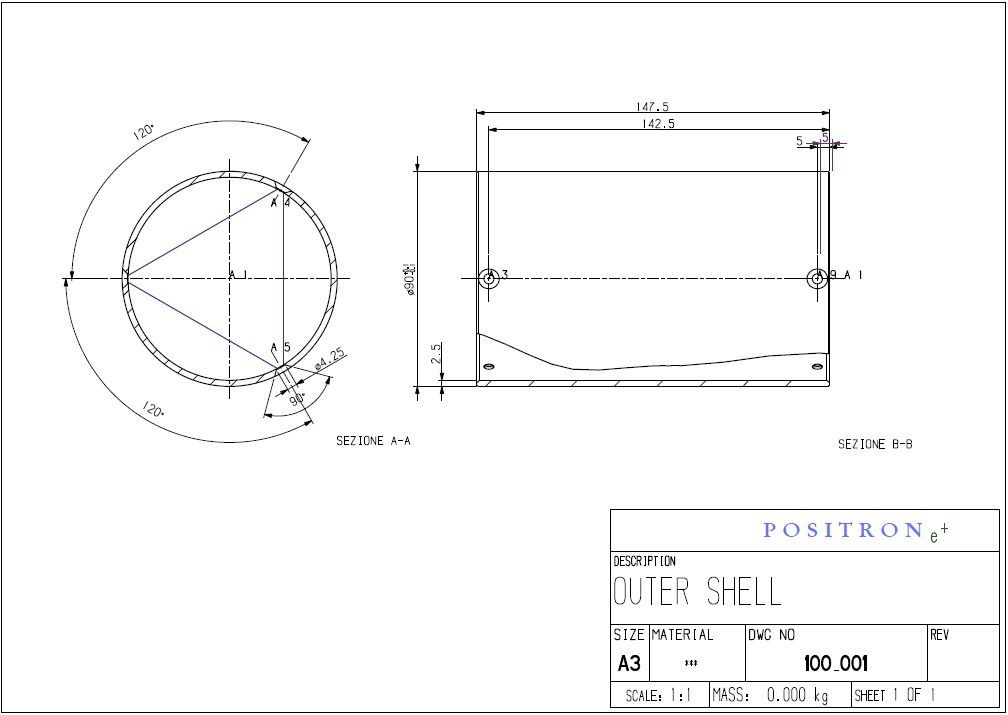
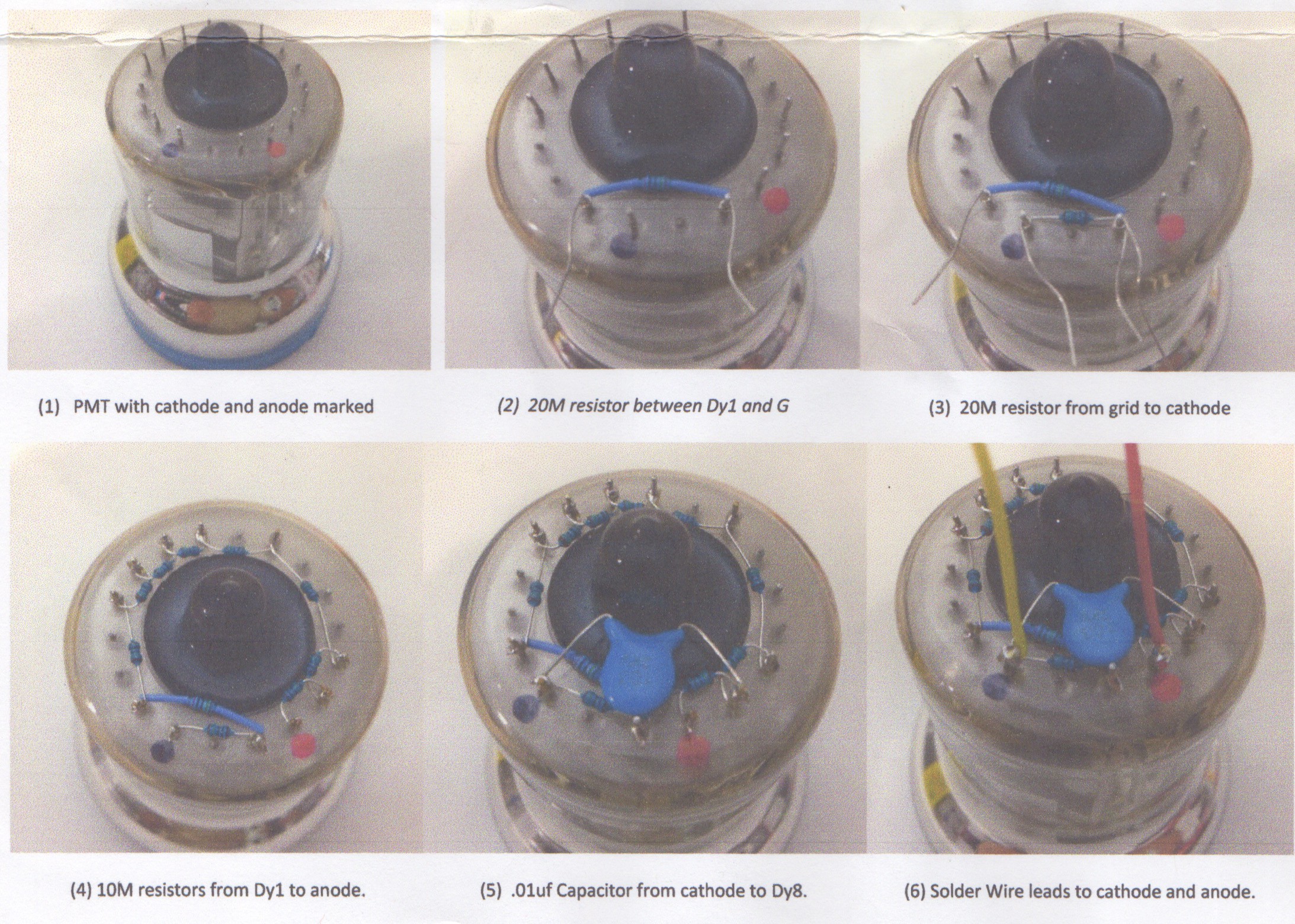




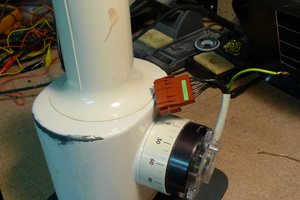

 mircemk
mircemk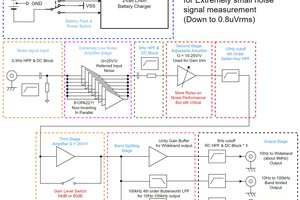
 Floydfish
Floydfish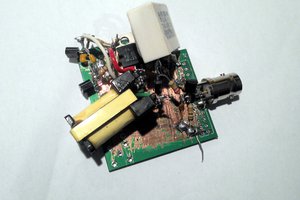
 Jenny List
Jenny List
http://www.logwell.com/tech/servtips/optical_coupling_grease.html
Nice page here about grease